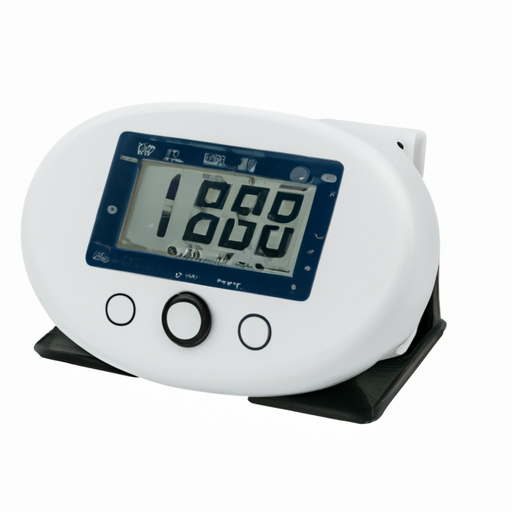MAX500BCWE Real Time Clocks: Core Functional Technologies and Application Development Cases
Real Time Clocks (RTCs) are integral components in electronic systems, providing accurate timekeeping and date information essential for various applications. The MAX500BCWE is a notable RTC model that exemplifies the advanced features and functionalities of modern RTCs. Below, we explore the core functional technologies, relevant articles, and application development cases associated with RTCs, particularly focusing on the MAX500BCWE.
Core Functional Technologies of Real Time Clocks
| 1. Timekeeping Accuracy | |
| 2. Low Power Consumption | |
| 3. Battery Backup | |
| 4. I2C/SPI Communication | |
| 5. Alarm and Timer Functions | |
| 6. Temperature Compensation | |
| 1. Understanding Real Time Clocks | |
| 2. Designing with RTCs | |
| 3. Battery Backup Solutions for RTCs | |
| 4. Case Studies in RTC Applications | |
| 1. Smart Home Devices | |
| 2. Wearable Technology | |
| 3. Industrial Automation | |
| 4. Medical Devices | |
| 5. IoT Applications | |
Articles on Real Time Clocks
Application Development Cases
Conclusion

Real Time Clocks, such as the MAX500BCWE, are pivotal in modern electronic systems, providing essential timekeeping functions across a wide range of applications. By understanding their core technologies and exploring practical application cases, engineers and developers can effectively leverage RTCs in their designs. For further insights, consider reviewing technical datasheets, application notes, and industry-specific case studies that delve deeper into the capabilities and integration of RTCs in various systems.
MAX500BCWE Real Time Clocks: Core Functional Technologies and Application Development Cases
Real Time Clocks (RTCs) are integral components in electronic systems, providing accurate timekeeping and date information essential for various applications. The MAX500BCWE is a notable RTC model that exemplifies the advanced features and functionalities of modern RTCs. Below, we explore the core functional technologies, relevant articles, and application development cases associated with RTCs, particularly focusing on the MAX500BCWE.
Core Functional Technologies of Real Time Clocks
| 1. Timekeeping Accuracy | |
| 2. Low Power Consumption | |
| 3. Battery Backup | |
| 4. I2C/SPI Communication | |
| 5. Alarm and Timer Functions | |
| 6. Temperature Compensation | |
| 1. Understanding Real Time Clocks | |
| 2. Designing with RTCs | |
| 3. Battery Backup Solutions for RTCs | |
| 4. Case Studies in RTC Applications | |
| 1. Smart Home Devices | |
| 2. Wearable Technology | |
| 3. Industrial Automation | |
| 4. Medical Devices | |
| 5. IoT Applications | |
Articles on Real Time Clocks
Application Development Cases
Conclusion

Real Time Clocks, such as the MAX500BCWE, are pivotal in modern electronic systems, providing essential timekeeping functions across a wide range of applications. By understanding their core technologies and exploring practical application cases, engineers and developers can effectively leverage RTCs in their designs. For further insights, consider reviewing technical datasheets, application notes, and industry-specific case studies that delve deeper into the capabilities and integration of RTCs in various systems.













